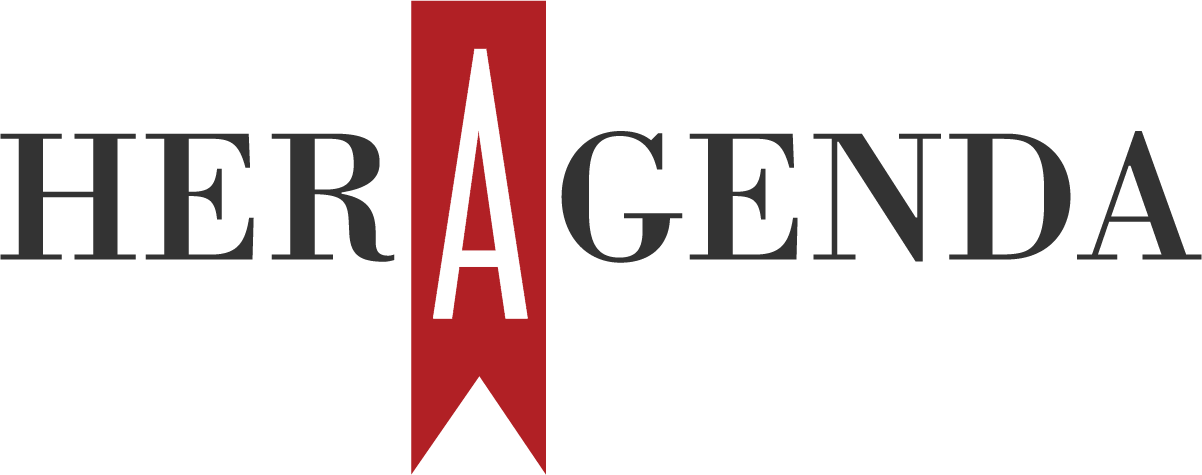Self-Care Beyond Candles And Massages: Exploring The Ancient Tradition Of Acupuncture

“Stick your tongue out.”
I wasn’t expecting to hear those words as I sat on the exam table during my intake session for my first acupuncture appointment. I had no clue what to expect at all. Acupuncture is an ancient practice originating over 3,000 years ago stemming from the traditions of Chinese medicine. Yet if you’re a millennial woman living in the United States you likely are unfamiliar with the procedure.
But with the awakening of preventative practices within Western culture and the emphasis on wellness and self-care, there’s increased awareness of acupuncture. Yet there still exists a barrier of access, affordability, and uncertainty on what to expect. Looking for a solution to this, Amy Diaz decided to take on the challenge and with that open a new kind of acupuncture clinic called Area 25.
“When I was exploring the idea of starting Area 25 I went to a bunch of practitioners in the city, and what I found was that every part of the experience was different,” explained Amy Diaz, co-founder and CEO of Area 25 just before my session.

“Some people have a website, others don’t, some people tell you about what to expect, others don’t. When you get to the location itself some places are rented studios in another facility where it’s not the most peaceful environment, some are very high end where its a very luxe experience, so when you go into a practice you don’t know what kind of environment you’re walking into.”
Amy, an expert at modernizing traditional offline experiences, partnered with Dr. Robert MacDonald, who is an acupuncturist and master healer with over 25 years of experience. Their goal is to move acupuncture into the future.
“Acupuncture for many people is a totally new way of looking at healthcare. Traditionally acupuncture is used to keep you well. It wasn’t just used when you were sick. It’s reversing that mindset.”

During my session, Dr. Robert did a thorough assessment of where I am in terms of the balance of my yin and yang. He was able to decipher where my main deficiencies lie and used this as the basis for my treatment.
I started the session laying face up. The first needle was placed on the top of my head (yes through my hair). The next seven needles were placed on my forehead, on my hands, near my ankles and the top of each foot. The insertion did not hurt, but I did have some mild discomfort at the needle on my face since an eye mask was placed on top of it. I was unsure if that was normal or not, so I didn’t raise it to their attention, although looking back I should have.
The needles are not the same kind you’ve experienced at the doctor’s office. As Amy explained in our chat, “what most people don’t know is that an acupuncture needle is hair-thin, 40 of them can fit into a standard medical syringe.”

If you have any discomfort during your session it’s important to be vocal and share so adjustments can be made if necessary. Next, I laid there for about 20 mins. Once the doctor returned to remove them I was on to the next part of the treatment: cupping.
This involves the doctor igniting a small cotton ball on fire, and inserting it into a glass jar, removing the cotton and then placing the jar on my back. The air left inside the jar creates a vacuum effect resulting in a suction that allows the glass jars to grip onto the skin. The goal is to open up blockages and help the flow of one’s chi. This was my favorite part. There was mild pain, but a good kind of pain like when you get a great deep tissue massage. The treatment ended with the placement of ear seeds to activate reset moments for the rest of the week. You can keep them in for 3-4 days.

Afterward, I felt a little sore and had some bruising (from the cupping, not the acupuncture). Some report feeling a high after a treatment, or an increase in energy or a mood boost. The needles are a way to release endorphins to make you feel happy. But for some, like myself, the results are not immediate. After my treatment I felt good, more so knowing I did something that was good for my health, verses feeling an impact from the treatment itself.

I received a recommendation to come once per week over the course of the next six weeks. I am curious about what the impact of consistent treatment would be for me over time, so this won’t be my last visit to Area 25. The experience was easy, simple, and convenient. In speaking with the co-founder Amy, this is exactly the goal: to take the unexpected out of the experience by standardizing the environment and creating protocols making it a more familiar procedure.
“The most magical part is that it really does get out the root cause of what you’re experiencing,” explained Amy when I asked her what is the best benefit of the practice for her personally. “I was experiencing some insomnia, and we were able to figure out that it was connected to stress and anxiety. So we were able to address the underlying cause which helped me to sleep better.”
[Editor’s note: A complementary treatment was offered in exchange for this review. Thoughts and opinions are the writer’s own.]






